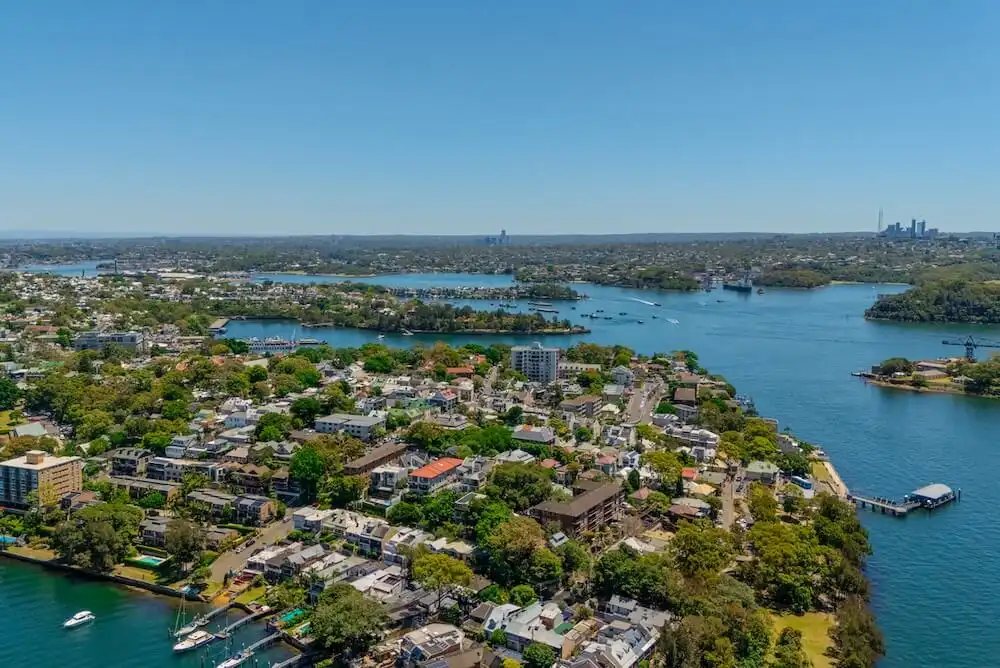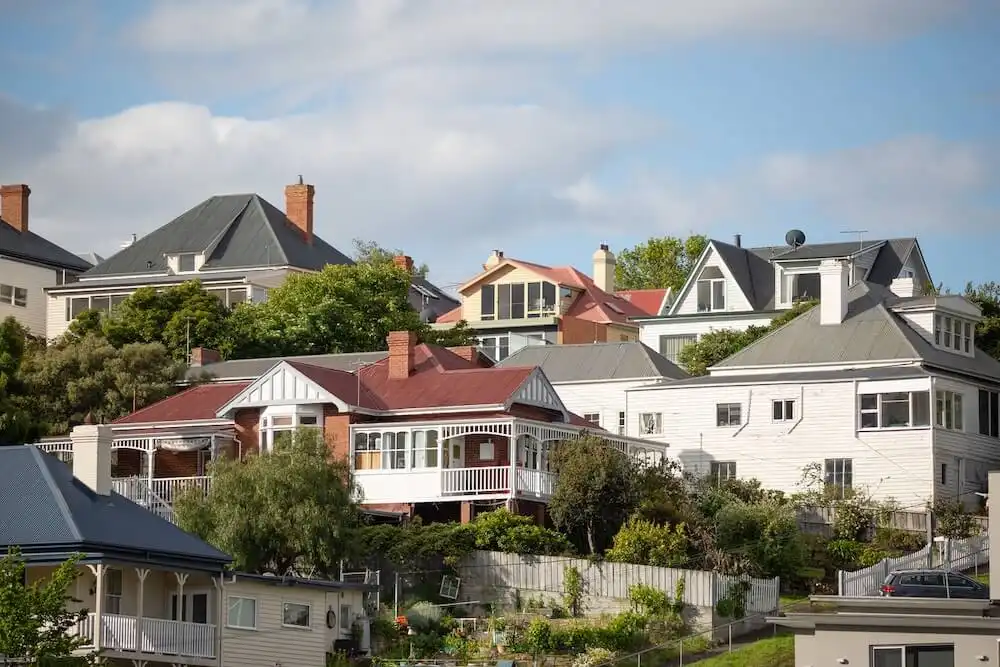Property prices dip slightly after a quiet December
Australia's median property price saw its first decline in December after a 23-month run of continuous growth.
While the streak was broken by only the slimmest of margins, momentum eased across the country over the second half of 2024 and the softening could continue into the New Year.
Find out what's up ahead in this month's Australian property market update.

Get a free property value estimate
Find out how much your property is worth in today’s market.
Australian property prices: December 2024
The national median home value dipped by -0.1 per cent in December according to CoreLogic's latest report — the first drop seen since January 2023.
Even so, prices remain around record-high levels in most markets.
| Market | Month | Quarter | Annual | Median value |
|---|---|---|---|---|
| Sydney | -0.6% | -1.4% | 2.3% | $1,191,955 |
| Melbourne | -0.7% | -1.8% | -3.0% | $774,093 |
| Brisbane | 0.5% | 1.3% | 11.2% | $890,746 |
| Adelaide | 0.6% | 2.1% | 13.1% | $814,430 |
| Perth | 0.7% | 1.9% | 19.1% | $813,016 |
| Hobart | -0.5% | 0.0% | -0.6% | $651,043 |
| Darwin | 0.4% | 0.6% | 0.8% | $496,871 |
| Canberra | -0.5% | -0.3% | -0.4% | $844,277 |
| Combined capitals | -0.2% | -0.5% | 4.5% | $896,372 |
| Combined regional | 0.2% | 1.0% | 6.0% | $657,652 |
| Australia | -0.1% | -0.1% | 4.9% | $814,837 |
Sydney and Melbourne both shifted down a gear, with prices declining -0.6 per cent and -0.7 per cent respectively to close out the year.
Perth, Adelaide and Brisbane all posted solid gains but also continued the trend of easing momentum after an explosive 2024.
The smaller capitals of Hobart, Darwin and Canberra continued to deliver volatile month-to-month results but remained relatively flat on a longer-term basis.
Regional markets, meanwhile, showed greater resilience and broadly capped off the year ahead of their capital city counterparts.
CoreLogic's Research Director, Tim Lawless, said December's national decline "represents the housing market catching up with the reality of market dynamics.
"Growth in housing values has been consistently weakening through the second half of the year, as affordability constraints weighed on buyer demand and advertised supply levels trended higher."
Three key takeaways from the current market
A number of property trends have become more firmly entrenched while other shifts are now just emerging. Here are the headline issues worth tracking.
2024 was a year of two halves
Last year got off to a strong start, with national home values rising +4.1 per cent between January and June. Momentum slowed in the second half of 2024, though, bringing gains of just +0.7 per cent.
High interest rates and worsening affordability have finally caught up with the market, reducing the potential for further growth in the short term.
2024 also saw a clear split between states. Perth, Adelaide and Brisbane (along with their respective states' regional markets) saw explosive growth as demand far outstripped supply.
The remainder of the country, including Sydney and Melbourne, had a noticeably softer year, showing moderate annual growth at best.
Even the outperforming markets are showing clear signs of easing as we move into 2025, though.
Affordable homes are in high demand
While buyers' appetites for affordability may have bolstered some of our mid-sized capital cities, it's a trend that has spread all across the country.
With property prices sitting at or near peak levels in many markets and interest rates holding at the highest level since 2012, buyer competition continues to concentrate around the cheaper end of the spectrum.
On a national level, the lower quartile of properties (ie. the cheapest 25 per cent of all sales) rose +9.5 per cent in 2024. By comparison, the upper quartile gained just +1.5 per cent.
Mr Lawless confirmed, "With worsening affordability constraints and reduced borrowing capacity, we have seen buyer demand pushed towards lower priced markets, which has, in turn, supported stronger growth conditions in these areas."
The rental market is finally slowing down
The past few years have been especially trying for renters as demand from tenants has surged relative to rental supply.
In December, asking rents around the country rose just +0.1 per cent. Mr Lawless noted that "On a rolling annual basis, we haven’t seen an annual change this small since the 12 months ending March 2021, following the early COVID patch of weakness."
When balancing out asking rents and property value growth over the year, there was little change to gross rental yields for investors in 2024.
Over the December quarter, units outperformed houses in Australia's five biggest capital cities, suggesting that apartment owners may be well placed to make a sale in the new year.
What's next for Australian property?
With a clear easing trend being established, CoreLogic's report concluded that "The final months of 2024 have set the framework for a soft start to 2025."
Diversity between different cities and states is expected to continue, though, and there is potential for another upswing at some point later on in the year.
All eyes will be on the Reserve Bank of Australia in the coming months as an interest rate cut is being forecasted for some time between February and May.
CoreLogic was cautious to point out that, while any rate cuts should help stoke buyer demand, it's unlikely to be drastic enough to kickstart another phase of strong growth.
Overseas migration is expected to ease in 2025 after a period of record immigration, again serving to temper expectations for the year ahead — and potentially making life easier for renters.
The Federal Government will need to call an election in the coming months. Once that happens, it's typical for the property market to slow as buyers and sellers take a wait-and-see approach for what's ahead, so sellers should factor that into their plans.
For now, while price growth is clearly easing across the board, home values remain around historic highs and net gains since the onset of the pandemic have been substantial to say the least.






